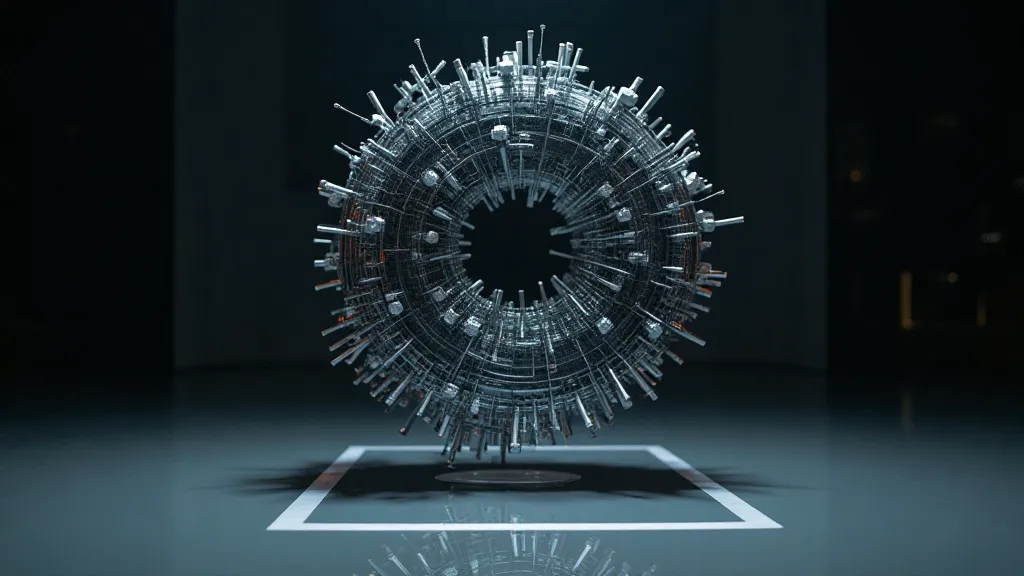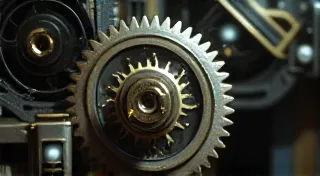A Field of Silent Storms: Magnet Safety and Responsible Experimentation
There’s a quiet power in craftsmanship, a resonance that hums beneath the surface of beautifully made things. I often find myself captivated by antique accordions, their bellows a testament to enduring engineering, their keys a dance of meticulously placed parts. Consider the intricate mechanisms within – tiny levers, precisely cut reeds, and often, small magnets contributing to the action. These instruments, built over a century ago, represent a dedication to detail and a profound understanding of materials. They remind us that even seemingly small components can play a crucial role in a complex system. And, ironically, that same focused power – the concentrated force inherent in antique accordion magnets, and indeed in modern rare earth magnets – demands respect and thoughtful handling. Understanding the historical context of these early magnetic applications can be enlightening, particularly when considering how far we’re able to achieve today, as detailed in articles exploring Echoes in the Iron: Historical Applications of Magnetism.
The world of rare earth magnets, particularly neodymium magnets, is mesmerizing. Their strength is remarkable, far exceeding that of traditional magnets. This power, however, is not without its potential for harm if not treated with proper caution. This isn't just about avoiding pinched fingers (though that’s certainly a valid concern!). It’s about understanding the broader implications of working with such concentrated magnetic fields. It’s about responsible experimentation, ensuring both your safety and the longevity of the components you’ve incorporated into your rare earth magnet projects.

Understanding the Risks: More Than Just a Pinch
The most immediate risk with rare earth magnets is the potential for pinching. Their strong attraction can easily trap skin and tissue, causing significant pain and even tissue damage. This isn't a trivial matter; the force generated can be surprising, particularly when dealing with larger magnets. Beyond that, there are other, less obvious hazards. Magnets can interfere with electronic devices – smartphones, pacemakers, hard drives – potentially causing malfunction or data loss. For those with implanted medical devices, the risk is particularly critical and requires consultation with a medical professional. Swallowing magnets is a serious danger, especially for young children; multiple magnets can become entangled in the digestive system, requiring emergency surgery. Think about how our understanding of these forces has evolved over time; the applications we see today build upon centuries of discovery and refinement, as explored in more detail regarding Ephemeral Sculptures: Building with Attraction and Dissociation. The ability to craft intricate forms and structures based on magnetic forces opens up possibilities for artists and engineers alike, a fascinating interplay of art and science.
Another often-overlooked risk is the potential for magnetization of other metallic objects. Tools, screws, even small pieces of steel debris can become magnetized, leading to unexpected behavior and potential injury. This is especially true when working on projects involving intricate mechanisms or delicate electronics. Think about restoring that antique accordion; accidentally magnetizing a small screw during the process could completely disrupt its delicate interaction with the reed mechanism. The principle of magnetic attraction, and the ways to control it, is fundamental to many mechanical systems, and understanding it is key to both repair and innovation.
Responsible Handling: A Framework for Safe Experimentation
So, how do we harness the power of rare earth magnets safely and responsibly? It’s about building a framework of awareness and implementing preventative measures.
- Eye Protection: Always wear safety glasses when handling magnets, especially when working with multiple magnets or when there's a risk of magnets snapping together.
- Secure Storage: Store magnets in a secure container, preferably one lined with a separating material like cardboard or thin plastic. Keep them away from children and pets.
- Controlled Workspaces: Designate a specific workspace for magnet projects. Clear the area of any sensitive electronics or metallic objects.
- Slow and Steady: When bringing magnets together, do so slowly and with control. Avoid sudden collisions.
- Awareness of Materials: Understand the materials you're working with. Certain alloys are more susceptible to magnetization than others. Knowing this can help you predict and mitigate potential problems.
Beyond Safety: The Art of Preservation and Understanding
Working with magnets isn't just about avoiding harm; it’s about appreciating the science and art behind them. Think about the restorers of those antique accordions. They’re not just fixing broken parts; they’re preserving a piece of history, understanding the ingenuity of the original makers. The subtle dance between attraction and repulsion, the careful placement of components to create a functioning whole – it’s a testament to human creativity. Similarly, experimenting with magnets – building magnetic levitation devices, crafting magnetic motors – provides a unique opportunity to learn about physics, engineering, and the fascinating interplay of forces. The principles at play are often elegant and deceptively simple, rewarding careful observation and experimentation. Considering the complexities of magnetic fields and their interaction with natural rhythms can be a compelling pursuit, as explored in articles discussing Magnetic Resonance: Tuning into the Earth's Hidden Rhythm. The Earth itself is a massive magnetic field, influencing everything from navigation to the aurora borealis, offering endless avenues for scientific inquiry.
Consider the challenges faced by early accordion makers. While they didn’t have the powerful rare earth magnets we have today, they still used magnets to achieve specific mechanical actions. Understanding the principles they employed – how they positioned magnets, how they minimized interference – can provide valuable insights for modern magnetic projects. Even a seemingly simple magnetic motor can teach you a great deal about energy conversion, momentum, and the nuances of mechanical design. The subtle relationships and interactions between poles and forces echo the harmony found in nature, leading some to delve deeper into the philosophical implications of polarity, a realm addressed in articles concerning Polarity's Dance: Exploring Magnetic Opposition and Harmony. The concept of polarity isn't limited to magnetism; it permeates our understanding of the universe, from the positive and negative charges of atoms to the contrasting forces of attraction and repulsion.

Magnetization and Demagnetization: Reversing the Tide
Sometimes, unforeseen circumstances can lead to unwanted magnetization. Tools becoming magnetized during a project, or even the subtle influence of external magnetic fields, can disrupt the intended behavior of your magnetic devices. Fortunately, demagnetization is often possible. A simple method involves exposing the magnetized object to a fluctuating magnetic field, which gradually reduces its magnetic strength. Specialized demagnetizers are available for more precise control, but even a simple process of repeatedly exposing the object to a strong magnet and slowly moving it away can achieve a significant reduction in magnetization. The process mirrors the careful balance required in many complex systems, a reminder that even seemingly irreversible processes can be reversed with the right approach.
The Future of Magnetic Exploration: A Continued Responsibility
As technology advances and rare earth magnet applications become increasingly diverse, the importance of responsible handling and experimentation only grows. The potential to use magnetic fields to power transportation systems, create advanced medical devices, and explore the universe is vast. This necessitates not only continued innovation but also a deep commitment to safety and ethical considerations. Whether you’re restoring an antique accordion, building a magnetic levitation platform, or designing a novel magnetic motor, remember that the power you wield demands respect and a commitment to safety. The field of magnetic exploration is both exciting and potentially hazardous; by prioritizing safety, embracing responsible experimentation, and honoring the legacy of craftsmanship, we can unlock its full potential while safeguarding ourselves and those around us. Let’s strive to be not just innovative experimenters, but also conscientious stewards of this remarkable technology. The increasing use of magnetic resonance imaging in medical diagnostics is a testament to the power of controlled magnetic fields to reveal hidden structures within the human body. As we continue to push the boundaries of magnetic applications, it’s crucial to consider not just the technical aspects but also the aesthetic and philosophical implications. The beauty of a perfectly balanced magnetic sculpture or the satisfying hum of a precisely engineered motor can be as rewarding as any technological advancement. The responsible use of these powerful tools demands a holistic approach, one that values both innovation and ethical considerations. The potential for creating art with attraction and separation is vast, allowing for endless possibilities in design and expression.






